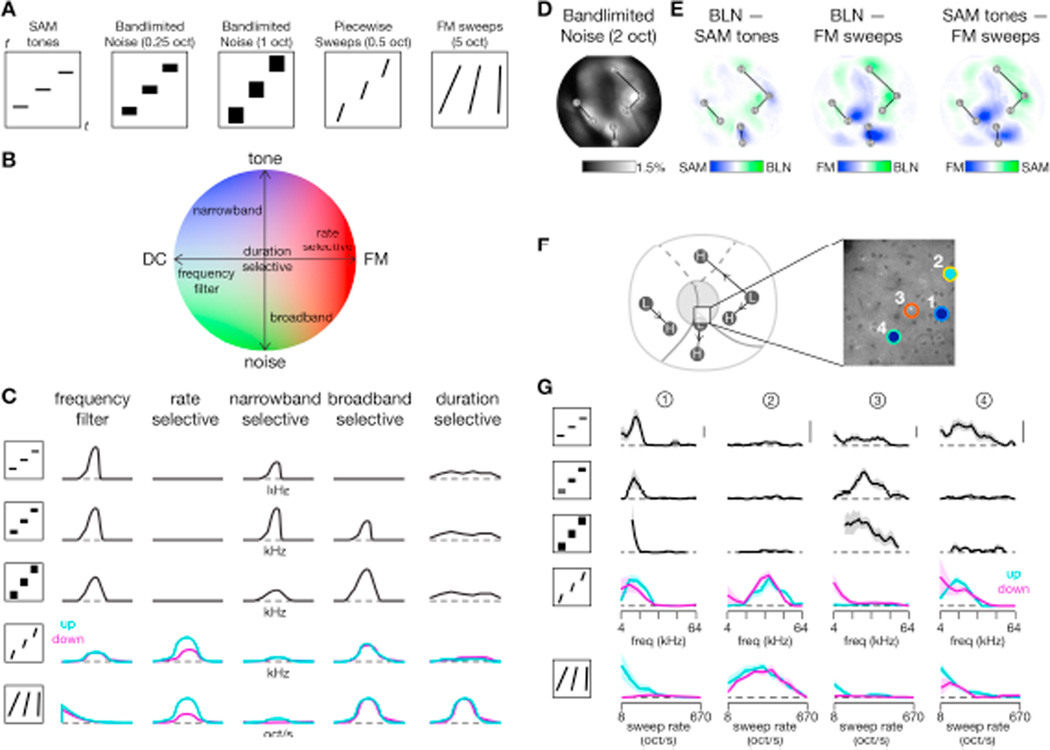Figure 8. Differences in responses of individual neurons to bandlimited noise and piecewise sweeps.
(A) Stylized spectrograms illustrate classes of stimuli used. Stimuli shown as black line or rectangle and each repeat indicates changes as the parameter of interest (frequency or sweep rate) is altered within a single stimulus set. Time t on x-axis and frequency f on y-axis.
(B) Hypothetical response space, where x-axis indicates whether a neuron responds to static DC components (left) or temporal dynamics (right) and y-axis indicates whether a neuron responds to pure tones (top) or broadband spectral energy (bottom). Colors indicate general stimulus preference: red for FM sweeps, blue for pure tones, and green for BLN.
(C) Predicted responses for neurons of each response type labeled in panel B to each of the stimulus classes shown in panel A.
(D) Average response seen under widefield imaging across a set of 10 noise bursts ranging in center frequency from 6 to 48 kHz. Each stimulus filtered by a 2-octave bandpass filter. Noise bursts were 300 msec with a 10 Hz envelope and presented at −20 dB attenuation. Same experiment as shown in Figure 2.
(E) Difference in responses between BLN, SAM tones, and FM sweeps on a pixel-by-pixel basis. Responses are most similar for BLN and SAM tones.
(F) Location of two-photon imaging field (left) and individual neurons (right) to be shown in panel D. Same format as Figure 5A. Different experiment from panels D-E.
(G) Tuning curves for four neurons in response to all stimulus classes. Each row is a tuning curve in response to the corresponding stimulus. BLN of 300 msec with 10 Hz envelope swept from 4 to 64 kHz with a 0.25 octave bandpass filter (second row) or from 6 to 48 kHz with a 1 octave bandwidth (third row). PWS swept from 4 to 64 kHz at 10 oct/s. Stimuli lasted 50 msec so that each stimulus covered 0.5 octaves. All stimuli at −40 dB attenuation. Vertical bar indicates 5 events/s. For PWS and FM sweeps, responses to upward and downward sweeps are shown as cyan and magenta curves, respectively. All curves smoothed with a 3-point moving average and ± SEM indicated by shaded regions.

